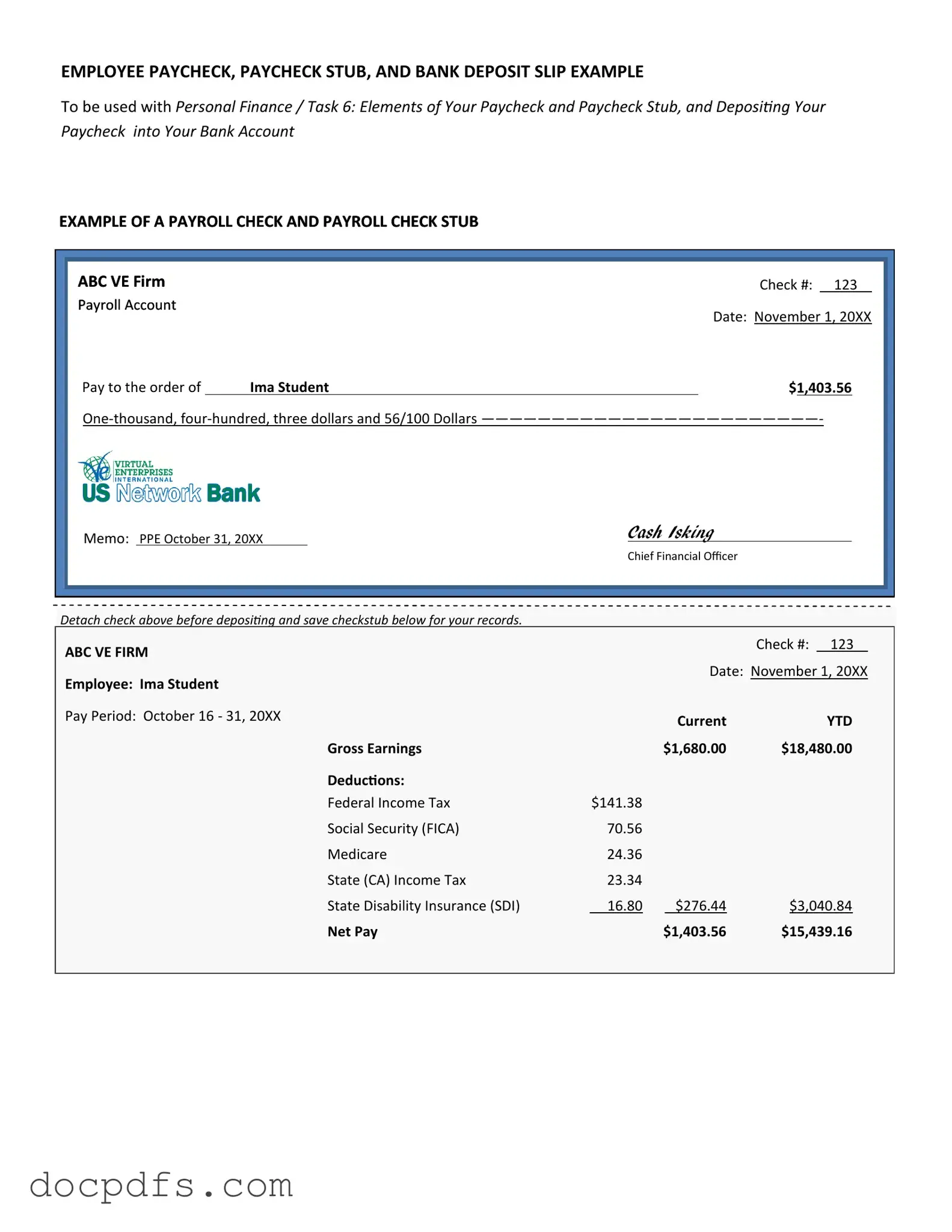Payroll Check Template in PDF
The Payroll Check form is a document used by employers to issue payments to their employees for work performed during a specific pay period. This form typically includes essential details such as the employee's name, hours worked, pay rate, and deductions. Understanding how to properly complete and manage this form is crucial for ensuring accurate and timely payroll processing.
Open Payroll Check Editor Now
